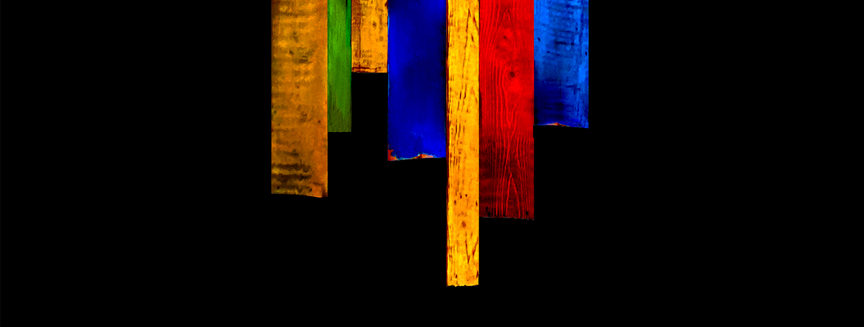

Here’s the story of how, after 15+ years shooting thousands of Polaroid tests and roll after roll after roll of film as an assignment photographer, I moved from emulsions and grain to sensors and pixels.

It’s the first digital single lens reflex camera that is widely adopted for commercial use.
It’s also my first digital camera.
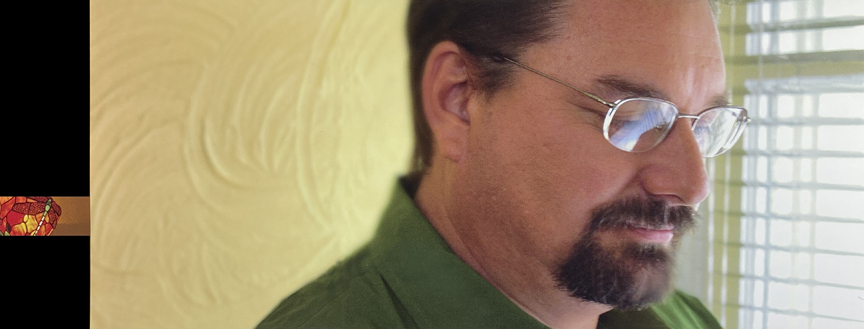
CUTTING EDGE COMMUNICATIONS WEB IMAGE / PHOTOGRAPHED WITH THE OLYMPUS E 10 / © STEVE HOLLOWAY
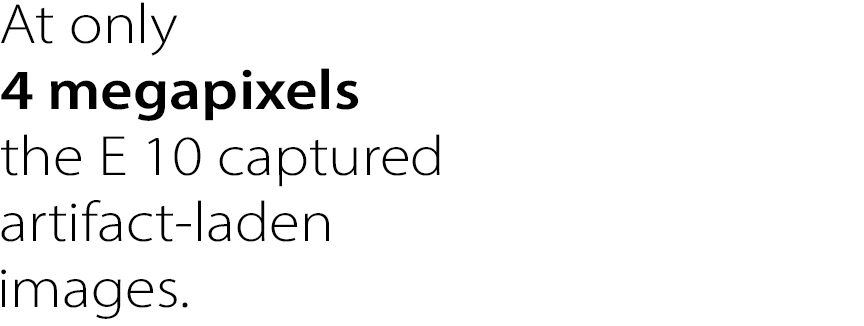

That didn’t matter. Starting literally on day one, those images got used for everything from collateral material to full page magazine advertising to full size, outdoor billboards.


That E 10 was followed by the Olympus C 5050 with a 5 megapixel CCD sensor then the Canon EOS 10D with a 6 megapixel CMOS sensor.
Moving from CCD to CMOS image capture technology provided phenomenal image detail and skin tones. The digital noise and debris were virtually nonexistent and you could scale images up to almost any size.
After the 10D, I upgraded to the new Canon EOS 20D with 8.2 megapixel CMOS image sensor in 2004 then added a new EOS 7D with an 18 megapixel CMOS image sensor in 2010. I shot with the 7D and 20Ds until I retired in 2017.

With iPhone, I had/have a camera with me all the time! That’s something I tried (and failed) to do ever since I picked up my first camera.
But not right away.

What was I waiting for?
When it comes to cameras, I was an early adopter. Being ahead of the curve made my job easier and gave me a competitive advantage in the agency, design firm and commercial account markets.
When it came to cell phones, I was not only a late adopter, I was a resistant, reluctant adopter. I still remember the first cell phones. Very expensive “bricks” with about 3 hours of talk time. I just couldn’t justify the expense.
It wasn’t until flip phones came along and were easily available and affordable, that I got my first cell phone. Still, I looked at cell phones as phones. You receive calls, you make calls plus you get voicemail in the deal.

And there weren’t any more flip phones available through my service provider. Not one. Not anywhere. So I was dragged, into then current technology.

Once I had my iPhone 4 I had a camera with me all the time. Still, shooting on iPhone wasn’t a conscious shift. For personal work, I found myself pulling out the iPhone 4 more and more when my DSLR was in the car or at home.

By the time I upgraded to the iPhone 6, not only had I realized the advantage of having the camera with me all the time but I hardly used my laptop anymore since I was getting all my emails and doing all my internet searches/access on my iPhone.
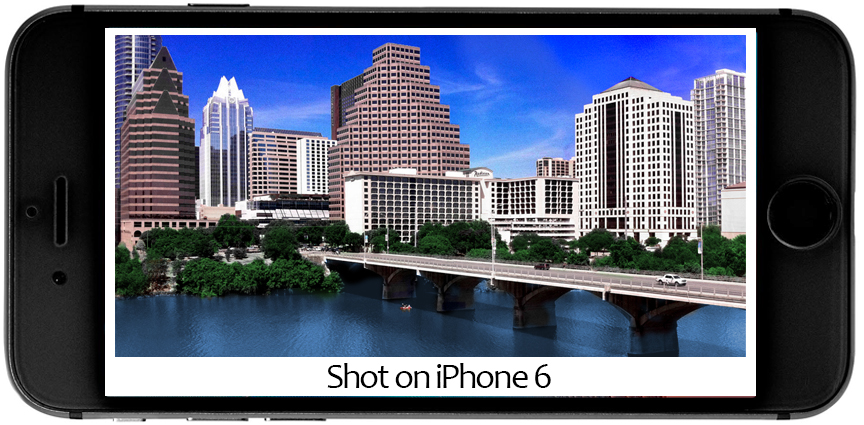
THE AUSTIN SKYLINE / © STEVE HOLLOWAY
My timing couldn’t have been better. The iPhone 6 was one of the first smartphones that started getting used as viable image capture for still and video projects. To show its possibilities, Shot on iPhone 6 billboards created from users’ images were on display nationwide (while the Austin skyline image above wasn’t used on an Apple billboard it was shot on my iPhone 6).

What was once an essential tool became more like an anchor I had to drag around EVERYWHERE. And not just the camera. A couple of lenses, a flash, batteries, chargers and a tripod had to ride along.
In the last three years before I retired I went from having a DSLR with me all the time when we traveled to packing the DSLR, moving it to the room and using it very occasionally to moving the DSLR to the room and leaving it there, to leaving it at home
Again, it wasn’t a conscious shift to shooting with the iPhone for personal work. It was a shift that occurred because everything I would have unpacked the DSLR to shooting before, I was capturing with my iPhone.
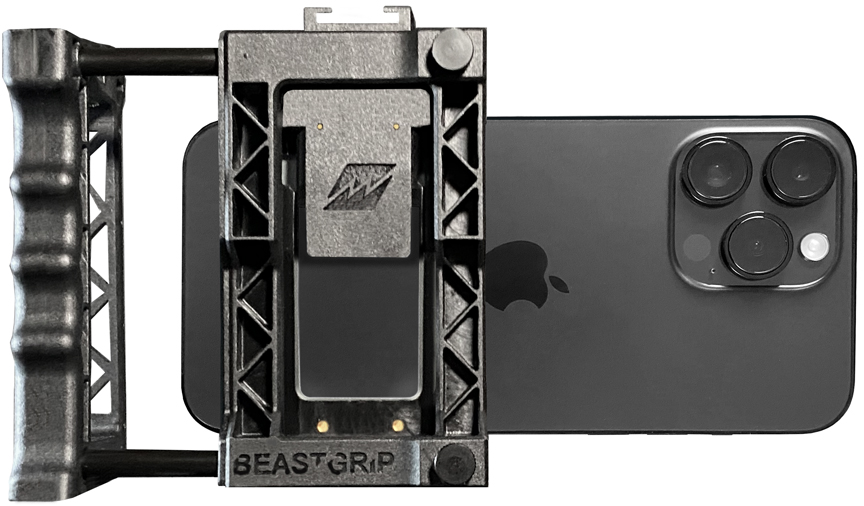


iPhone changed the way I see and capture images. And shooting on iPhone has become one of my favorite subjects to write about.

This on-going series borrows from the long-practiced tradition of the self portrait to create tributes to photographers whose images have influenced how I work and how I tell a story with images. References portraits of and self portraits by the photographers
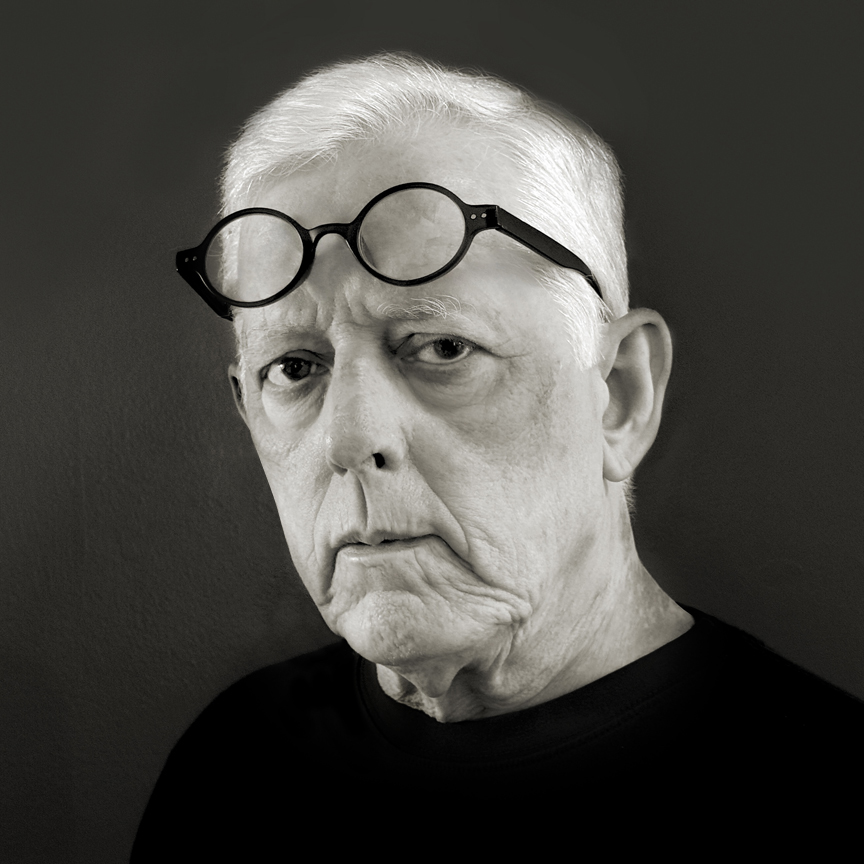
Self portrait. Richard Avedon Tribute. © Steve Holloway


Jump to any Point of View how to guide, process deep dive or a pre iPhone portfolio plus how influences shape the storytelling process and a memoir that looks at the story behind the stories and to Nonlinear Content galleries and stories.

Introduction
Become a storyteller
Technology
- 02A Digital evolution.
- 02B Annie Leibovitz.
- 02C From Batman to the iPhone.
- 02D Henri Cartier-Bresson’s Leica.
- 02E Moving from film to digital to iPhone.
- 02F The self portrait series.
- 02G iPhone camera rigging.

- 03A Working with light.
- 03B The scout.
- 03C Shooting during the golden hour.
- 03D Photographing people.
- 03E Details, shadows, shapes and textures.
- 03F Plate shots and reflections.
- 03G Feed your passions.
- 03H People and food, two favorites.
- 03I On the road.
- 03J Wall art (it’s not what you think).
- 03K Transitional images.
- 03L Night photography.

- 04B Assemblages and abstractions.
- 04C Change the composition of an image.
- 04D Color correction vs color grading.
- 04E Create motion with Live Photo.
- 04F Resize images and retain detail.
- 04G Software and skill building resources.
- 04H On device apps.
- 04I Offboard resources.

- 05A Two key iPhone features.
- 05B Camera and light kit ideas.
- 05C Copied on iPhone.
- 05D Learning post production.
- 05E Designing with type.
- 05F Learning from cinema.
- 05G The three lens solution.




